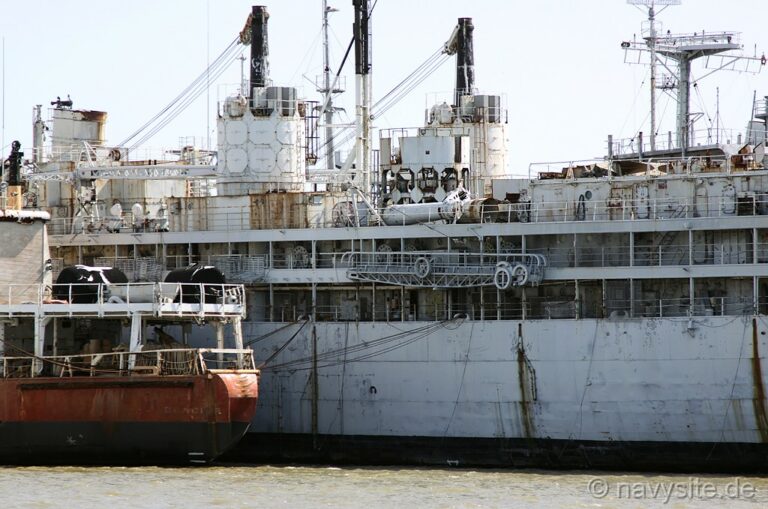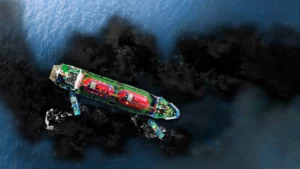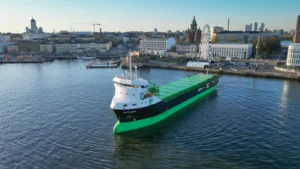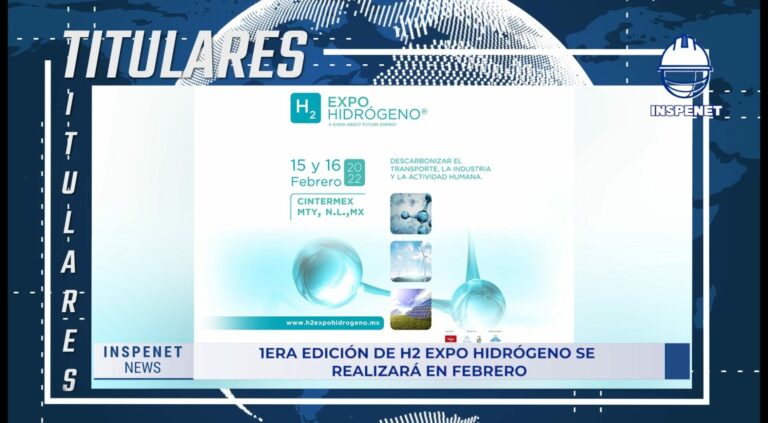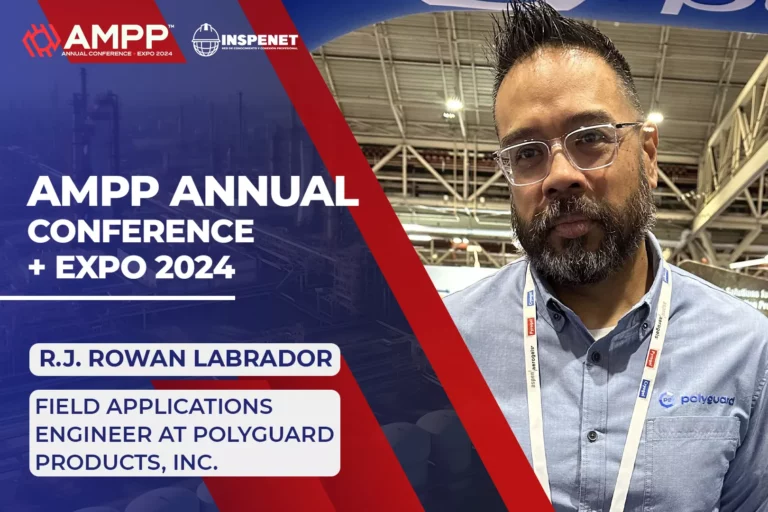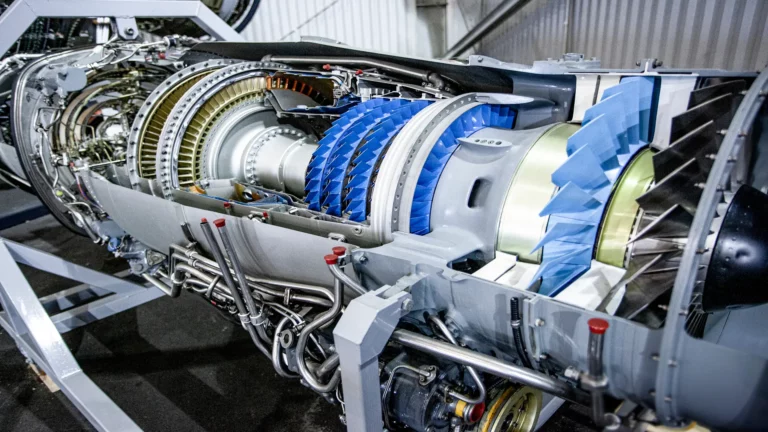Author: Ing. Mayuly Rodríguez, July 27, 2023.
Introduction
Marine ship corrosion , a term that conjures up images of ships worn down and damaged by the relentless influence of the marine environment. However, at present, technological innovations are marking a before and after in the protection of boats against this aggressive phenomenon.
Ships are continually exposed to a series of corrosive factors, such as salinity, humidity, temperature variations, among other variables that cause significant and costly damage. That is why, for the naval industry, The effective protection of vessels from their design to their time in service is essential, not only in order to prolong the useful life of the vessels, but also reduce the maintenance costs intended for them and avoid environmental accidents.
Metal corrosion in marine environments, a problem to face
Both seawater and its environment produce high rates of corrosion on metals. Just by looking at the industries located in coastal areas, it can be seen how exposed structures have a lower durability than those that remain in less hostile environments. Hence the importance of protecting shipping vessels against corrosion.
Despite carrying out an adequate paint application, boats are susceptible to corrosion on the surface of the hull, propellers, rudders and other systems, due to the presence of pores, blisters, cracks or other imperfections, which are generated in the coatings during operational maneuvers, causing the formation of galvanic microcells in the steel.
When the hull, which is normally made of steel, comes into direct contact with water through these galvanic microcells, a galvanic couple (anode-cathode) is produced, initiating the accelerated corrosion process; Therefore, the vessels require a combination of protection systems against corrosion for its optimal operation.
Development of solutions in the control of maritime corrosion for vessels
Based on studies, experiences and new technologies, various existing options have been improved and other systems have been developed that protect vessels from corrosion damage. These assets required special care as they are the main means of maritime transport worldwide, being one of the most important assets in the shipping industry. Some solutions are mentioned:
High Performance Coatings: These coatings offer a solid barrier between the structure of the boat and the corrosive elements present in the marine environment. They protect metal surfaces and other substrates against oxidation and corrosion attacks, caused by exposure to aggressive agents such as chemicals, humidity or salinity. These coatings are also called advanced coatings, which have anti-slip properties.
The CTC Technological Center has presented an innovative coating that will protect structures made of steel from marine corrosion and biological contamination (biofouling). This is a specific coating for the most widely used material in this type of structure that will protect structures from corrosion for more than 20 years and from biofouling for more than a decade 1 .
Impressed current cathodic protection: It is one of the most technically advanced systems on the market, and its special feature is that it allows constant monitoring of the electrical potential between the seawater interface and the hull, adjusting the protection current output to the anodes. Therefore, today this type of system is more effective and reliable than sacrificial anode systems where the level of protection is unknown and uncontrollable.
When using an arrangement of hull-mounted anodes and reference cells connected to one or more control panels, the system produces an external current to decrease the natural electrochemical activity on the wetted hull surface. This eliminates the formation of aggressive corrosion cells on the hull surface and prevents corrosion problems due to galvanic pairing or proximity to other components such as propellers.
Corrosion resistant alloys: Another area of technological innovation focuses on the development of new corrosion-resistant metal alloys, specifically synthesized to withstand the harshest marine environments. These special alloys used in shipbuilding reduce susceptibility to corrosion and consequently lower maintenance and repair costs.
Researchers at South Korea’s National Oceanic and Maritime University have developed a new aluminum-magnesium-silicon (Al-Mg-Si) alloy that increases the corrosion resistance of steel, and increases the corrosion resistance of structures marine.
Aluminum is one of the most corrosion resistant metals, however its use in marine applications is limited due to its tendency to react with chloride ions in seawater, leading to corrosion.
In this context, these studies currently represent an alternative solution. Adding magnesium and silicon to aluminum can create an additional coating on the alloy to prevent corrosion. The process is simple to carry out and does not change the current steel manufacturing process, since it is applied as a superficial layer, as a kind of primer that protects the metal from corrosion. Producing a highly corrosion resistant steel through a simple change in the surface treatment protocol.
Antifouling + anticorrosion protection systems: These are coatings designed with advanced technologies that offer double protection to the submerged surfaces of boats. They integrate antifouling properties that prevent the adhesion and growth of marine organisms through repellent chemicals or special textures, which can expose the metal to seawater and increase the rate of corrosion.
At the same time, these systems also provide excellent corrosion resistance, protecting the hull’s metal surfaces against degradation caused by exposure to salt water and other corrosive elements of the marine environment.
Graphene-based polymeric coatings: These take advantage of the unique properties of this material for varied applications. Although pure graphene coatings are non-corrosive, certain defects can limit their effectiveness compared to multiple layers. Graphene composites are more reliable.
Its synthesis involves techniques such as solution mixing and in situ polymerization. In marine environments, graphene must be evenly distributed parallel to the metal surface for optimal corrosion protection. In addition, these coatings possess antifouling, hydrophobic, improved mechanical, UV protection and electrical conductivity qualities, offering advantages in marine applications.
Robotics and drones: Like the previously mentioned systems, advanced robotics is influencing the operations of the maritime industry in the area of ship corrosion protection.
Robots and drones are being used continuously for remote inspections and maintenance of ships in these high-risk environments, detecting and correcting any corrosion failure; which represents a great contribution in the management of corrosion for shipping vessels.
Conclusions
The effective protection of marine structures against corrosion is necessary to ensure the integrity and extend the useful life of these assets. The implementation of corrosion prevention technologies guarantees operational safety, prevents damage to the environment and reduces maintenance and repair costs in the long term, optimizing investment in maritime vessels.
References



